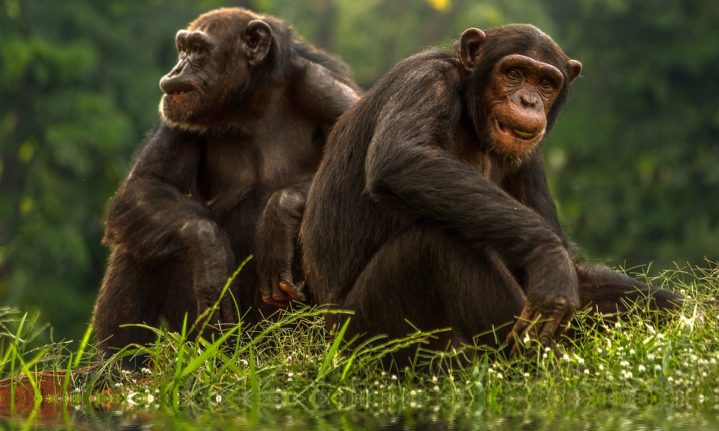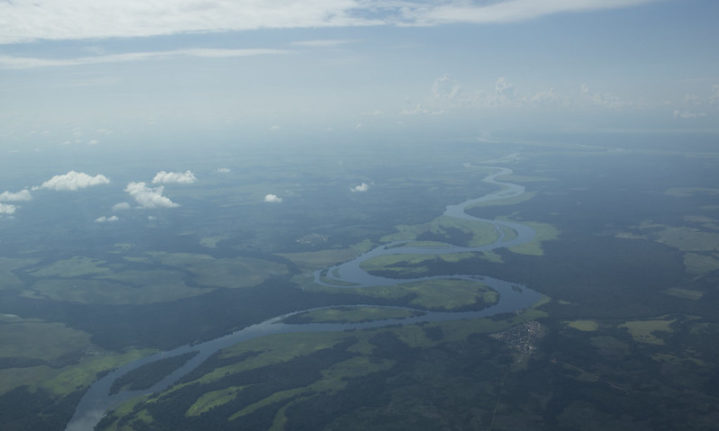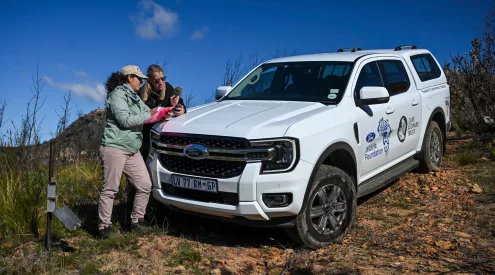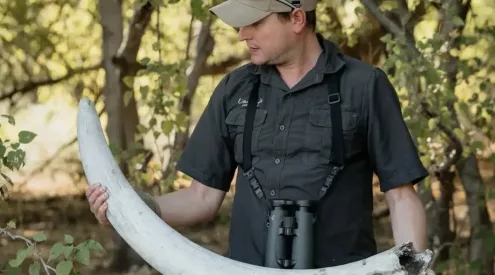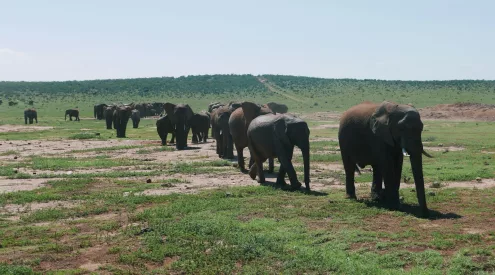Africa’s largest tropical rainforest reserve, the Salonga National Park in the Democratic Republic of Congo, has been removed from UNESCO’s ‘World Heritage in Danger’ list.

Salonga national park is extremely isolated and accessible only by water. Picture: Flickr Commons
The UNESCO committee also welcomed the clarification from national authorities that the oil concessions in the Salonga National Park are null and void, removed from future auctions. This decision comes off the back of improvements in conservation, notably concerning anti-poaching measures.
Monitoring of wildlife in the reserve shows that the bonobo ape population remains stable and the forest elephant population is slowly recovering.
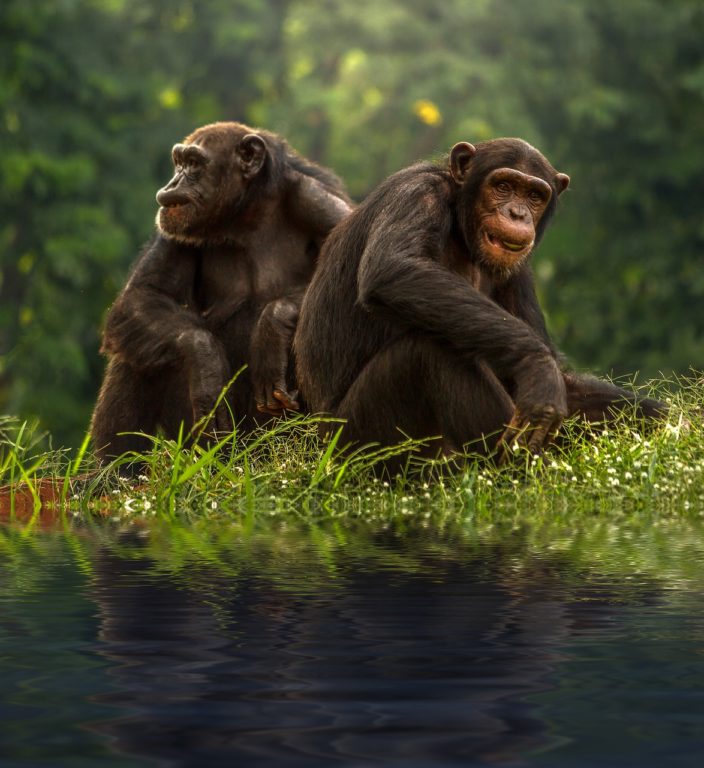
Historically called the pygmy chimpanzee, the bonobo is an endangered great ape and one of the two species making up the genus Pan; the other being the common chimpanzee. Picture: Pixabay.
The list of World Heritage in Danger sites is compiled by UNESCO through the World Heritage Committee. The list is intended to increase international awareness of sites and to encourage counteractive measures. In the case of natural sites, dangers include a serious decline in the population of valuable species or deterioration of natural beauty or scientific value caused by human activities such as mining.
Inscribed in 1984 on the World Heritage List and in 1999 in the List of World Heritage in Danger, Salonga National Park is Africa’s largest tropical rainforest reserve. Situated at the heart of the central basin of the Congo River, the park is isolated, accessible only by water. It is the habitat of many endemic endangered species, such as the bonobo, the Congo peacock, the forest elephant and the African slender-snouted crocodile.









